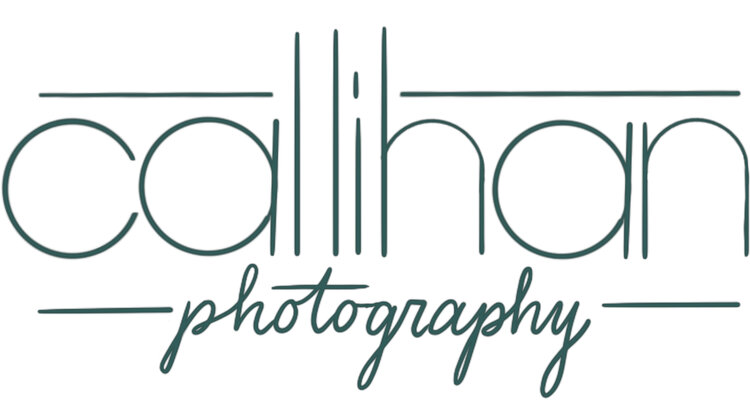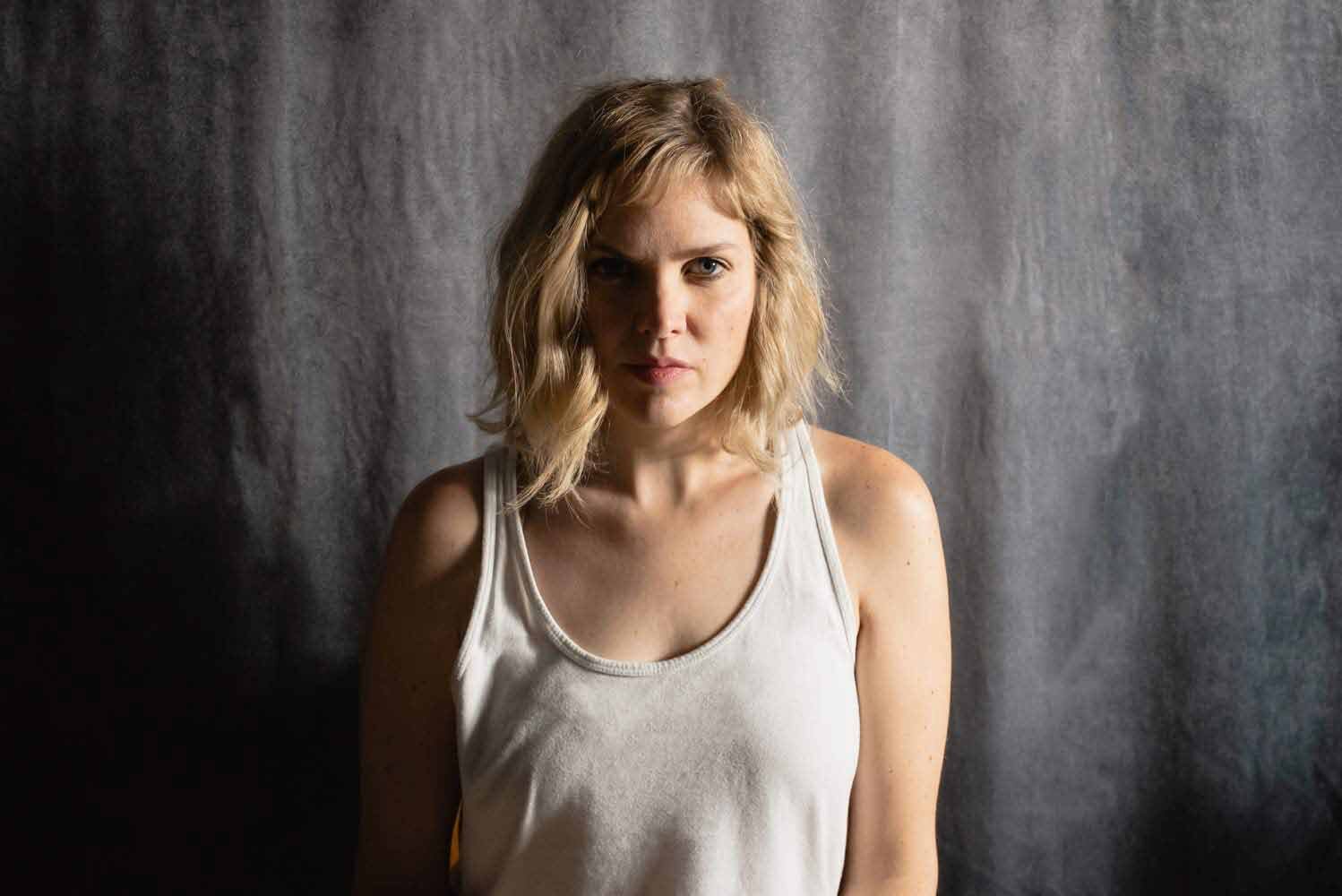First of all, what is a color cast? A color cast is an unwanted color shift in the whole image or on skin, which can be caused by reflected light from a nearby object. Here I am going to show you how to correct a localized color cast.
I had to actually dig to find a good photo for an example. Largely, because this can be prevented by proper white balance and good lighting. Also, picking neutral clothing helps too. In this photo you can see the greenish yellow tint underneath her chin (causing an unwanted color beard). Ha!
In order to correct this color shift you will want to create a new layer. The shortcut is shift-Ctrl-N (Mac) or Shift+Ctrl+N (PC). Then set the blending mode to color. (You’ll find this at the bottom of the list under saturation and above luminosity.) Pick a nice soft brush. Then select a clean part of the shadow using the eyedropper tool. (Hold down the alt key to select). Then paint over the color cast area. This maybe all you need to do, but sometimes it might take multiple layers. The luminosity of the previous layer is preserved by using the color blend mode. Next lower the opacity of the layer until you can’t see the edges of where you painted. Some areas might have more color than others which will have to be dealt with on a separate layer. And there you have it! This simple technique will completely elevate your photography to a more professional look.
Here is a quick video on the edit if you prefer to watch it! Thanks for reading/watching!












